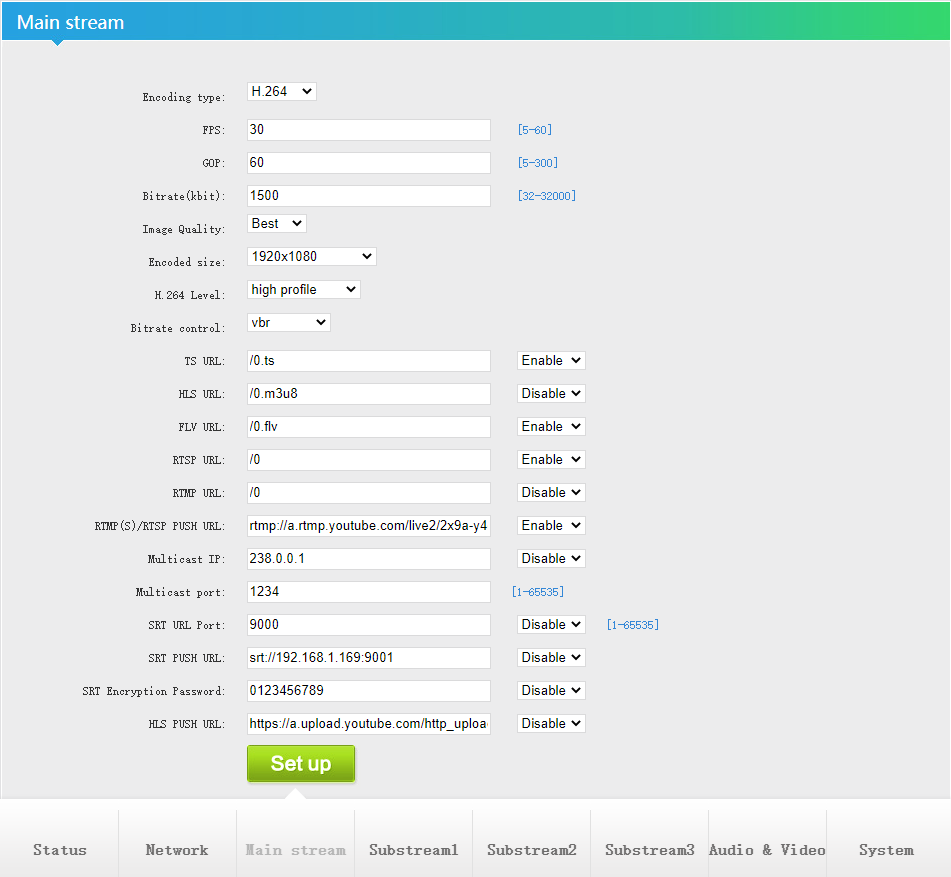Keyframe settings for Oupree Video Encoder
What is a keyframe?
The keyframe (i-frame) is the full frame of the image in a video. Subsequent frames, the delta frames, only contain the information that has changed. Keyframes will appear multiple times within a stream, depending on how it was created or how it’s being streamed.
The more motion in an image, or the more complex an image, the more likely that keyframe intervals will need to be shortened.
So setting the keyframe interval too wide may result in decreasing the quality of your stream.?
Usually, the keyframe interval of 2 seconds is recommended by the vast majority of streaming services, for some it's even mandatory.
The problem appear that keyframe can have various names in the settings so let's have a few examples,
Keyframe every'number'?of seconds - is the most common, here we just need to set it to 2 seconds;
Keyframe every'number' of frames - this one can be found in Wirecast, for example, and some other broadcasters. To set this property for 2 seconds you need to set your keyframe for every FPS of your stream x2, which means, for example, if you have a 30 fps stream you will need to have a 'keyframe every 60 seconds' this way keyframe appears every 2 seconds;
GOP (Group of picture) - this is basically keyframe every 'number' of frames, so just set it 60 for your 30fps stream, 120 for your 60fps stream, and so on to get a 2 seconds keyframe interval.

what is the p-frames & How does it work?
Also know as predictive frames or predicted frames, the p-frame follows another frame and only contain part of the image in a video. It is classified as a delta frame for this reason. P-frames look backwards to a previous p-frame or keyframe (i-frame) for redundancies. The amount of image presented in the p-frame depends on the amount of new information contained between frames.
For example, someone talking to the camera in front of a static background will likely only contain information related to their movement. However, someone running across a field as the camera pans will have a great deal more information with each p-frame to match both their movement and the changing background
Posted on: Apr 21, 2023




